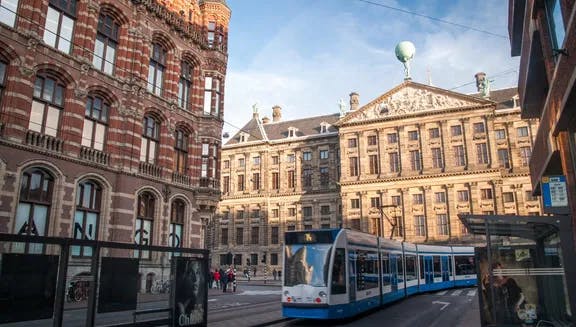
De Plantage then and now
History

In the 17th and 18th centuries, De Plantage was the backyard of Amsterdam’s rich and wealthy. The public parks and wide leafy boulevards provided residents with a much-needed green escape, whilst elegant townhouses offered more spacious accommodation than canal houses in the old town. At the gateway to the district, the grand greenhouses of Hortus Botanicus were used as a repository for medicinal plants brought back by Enlightenment-era explorers and the Society Natura Artis Magistra was established in 1838 as a members-only zoo. The exotic zoological and botanical collections of these institutions established De Plantage’s reputation as a vital research hub in the field of natural history and attracted various university departments to the area, which still exists today.
In the 19th century, an increasing appetite for culture and entertainment led to the establishment of venues like the Royal Theatre Carré and Plancius. Meanwhile, the area around Waterlooplein and the old Diamond Mills formed the heart of the city’s Jewish quarter. The temple-like facade of the Portuguese Synagogue and the grand Hollandsche Schouwburg are exquisite examples of the cultural and architectural contributions of the area’s flourishing Jewish community.
Tragically, during the Holocaust, several buildings in the area were turned into deportation centres from which tens of thousands of Jewish men and women were sent to concentration camps. Today, many monuments in the district offer a sobering memorial to this very dark passage in history, including the Auschwitz monument in Wertheimpark. The park itself was renamed during the Nazi occupation but has since had it changed back to commemorate Jewish philanthropist A.C. Wertheim, who contributed so much to the neighbourhood in the 19th century. You can read a list of his virtues on the central monument.
Under the lingering shadow of these horrific events, De Plantage fell into a period of neglect during the post-war years. In recent decades, however, the area has developed into a dynamic Jewish Cultural Quarter. Within walking distance, you’ll find the Jewish Museum, Hollandsche Schouwburg, Portuguese Synagogue, National Holocaust Museum and the oldest functioning Jewish library in the world, each offering a voyage of discovery into Jewish culture and history.
Vibe today

De Plantage still carries a lot of cachet as one of the most beautiful neighbourhoods in Amsterdam and is inhabited by a good mix of affluent residents and students. Strolling through the stately residential streets, you’ll see elegant 19th-century apartments with gabled white and brick façades adorned by cascades of colourful flowers. Artis and Hortus Botanicus continue to dominate the skyline, providing a major draw for visitors, while locals flock to the cosy brown cafes and sunny waterside terraces around Kadijksplein and Plantage Middenlaan.
The need for renewal has not been lost on the local government, which has recently revitalised the area with eco-conscious designs for pedestrians and more green space. The development of Artisplein and world-class museums like Micropia and Rembrandt House Museum mean De Plantage is now heralded as an alternative museum quarter. Student-run initiatives such as the Kriterion Cinema continue to bring fresh cultural energy to the area, and the former warehouses along the Entrepotdok, which were squatted in the 1990s, have since been converted into apartments, radical exhibition spaces and fine-dining restaurants.
Related articles

Things to do in De Plantage

Art and culture in De Plantage
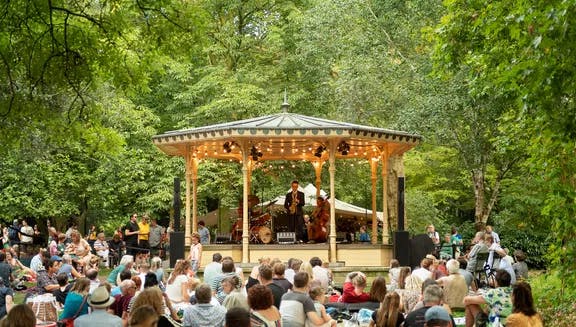
Family and kids in De Plantage
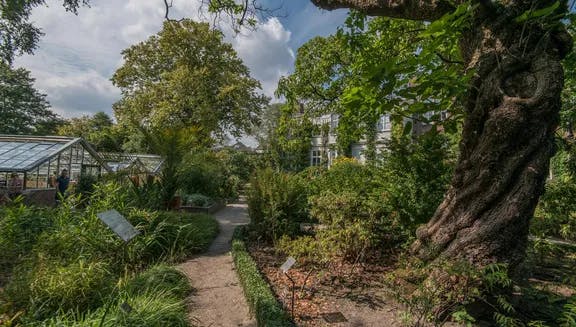
Nature and active in De Plantage

Restaurants and bars in De Plantage
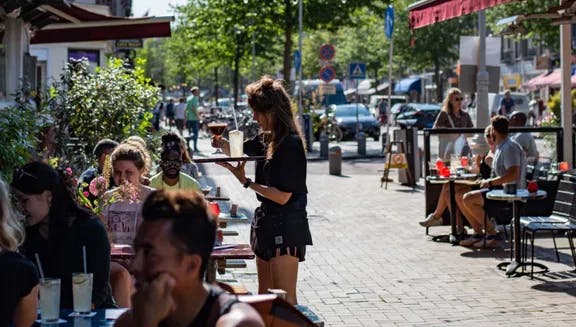
Best terraces in Amsterdam Oost
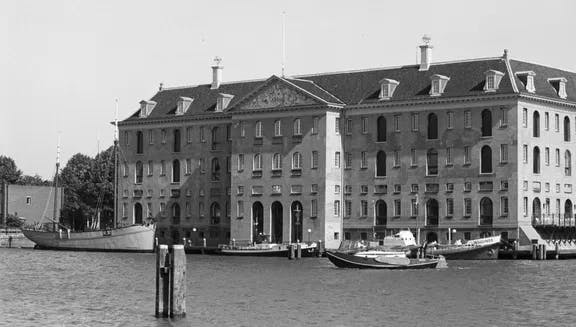
Oostelijk Havengebied then and now
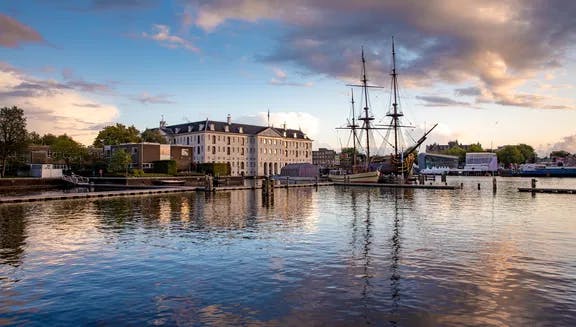
Maritime trade walking route

Jewish Cultural Quarter walking route
